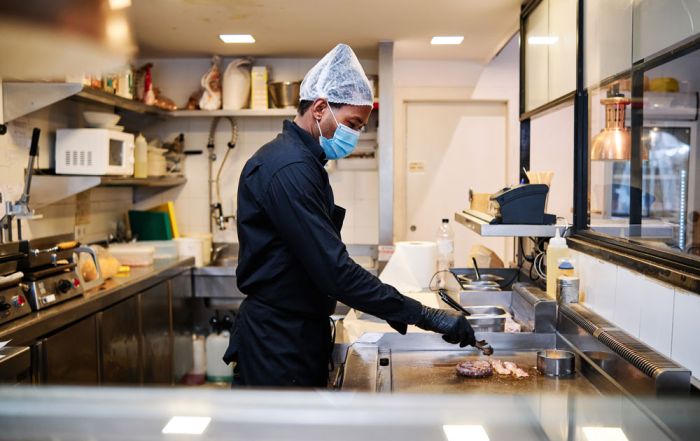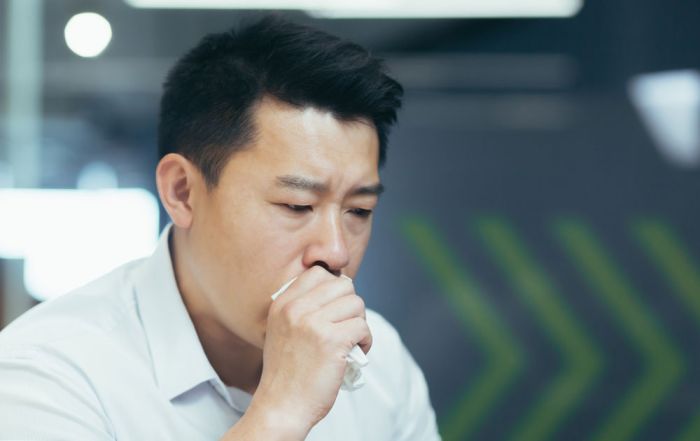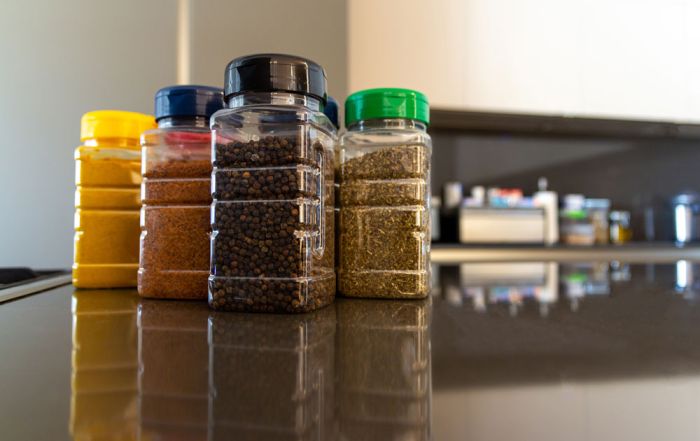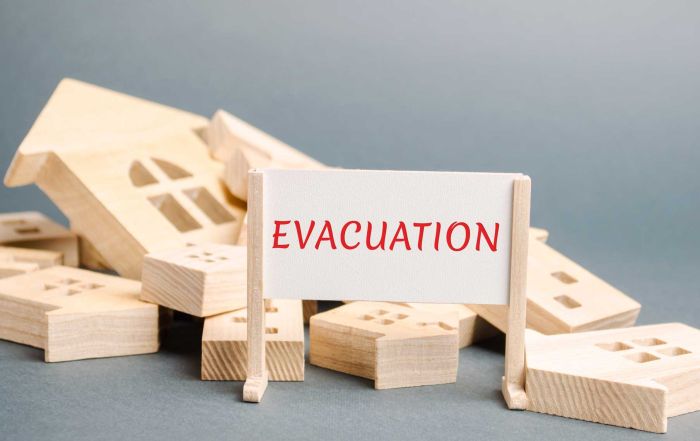Cleaning and Sanitizing in a Mid – to Post- Coronavirus World
What have we learned from this Coronavirus pandemic? In many ways, it is still too early to tell. At this writing, many foodservice operations across the country are still closed. Some are just starting to reopen. Others have transitioned to car side or curbside to-go and have been operating with a skeleton crew throughout the worst of the pandemic.
As you get ready to reopen operations to the public or start serving students again, let’s discuss one that is sure to get noticed by everyone – how food contact and non-food contact surfaces are cleaned and sanitized. For years, we preached the importance of first cleaning and then sanitizing food contact surfaces. But now, in our mid- to post-Coronavirus world, we must be mindful to sanitize all surfaces which get touched by guests and staff as part of their visit to the operation. Remember, they are watching!
As you prepare to reopen, in the craziness of getting staff back on-the-job or onboarding new employees, as well as ensuring food supplies are up to par, take a moment to think through cleaning and sanitizing procedures and how these might be viewed by customers. It may be this topic is not front and center in your mind right now. But, if it is furthest from your mind, it will also be the furthest from your employees’ minds, too. Remember the concept of role modeling!
If you are unable to find information about the effectiveness of sanitizers for Coronavirus, reach out to your suppliers or your health inspector. We guarantee that they will know which is effective or not, and at what concentration each product should be used. If you have equipment that automatically mixes your sanitizer with water, be sure to check that the concentration is within the acceptable range. With chemical agents, more is not always better as too high of concentrations can lead to toxicity if food is in contact. In some operations, if your automatic dispensing equipment has been unused for several days or weeks, it may need recalibrating. Use of test strips ensures proper concentration is reached.
If there is a shortage of your usual sanitizing chemical, over the counter bleach can be used to make a water solution to disinfect cleaned, high-touch surfaces like door handles or menus. The CDC recommends using 5 tablespoons bleach per gallon of water to disinfect surfaces from Coronavirus. Be sure to take note of the concentration of the bleach you are using and make sure it is not expired (yes, bleach can expire!). That mixing recommendation is based on bleach containing about 5% sodium hypochlorite. Adjust the ratio, as needed, to achieve 1,000 ppm of sodium hypochlorite. For example, if it is the concentrated bleach at 8.25%, then use two-thirds or 3 Tablespoons plus 1 teaspoon per gallon of water. Prepare a new bleach water solution daily, as the effectiveness will break down with time and exposure to light.
Retrain your staff to carefully sanitize frequently touched surfaces such as table tops, condiment containers, chair sides, etc. If you developed the food safety checklist for the front-of-house that we discussed in September 2019 , add these to the list! It is critical we don’t accept the adage old habits die hard; don’t let your staff settle for the practices that they did pre-Coronavirus because a focus on cleaning and sanitizing is so important in the post-pandemic world! This is something we must train and remind our staff of in order to better protect our guests and our employees. The food safety culture of your operation must support this.
It is our duty to protect employees and guests, and to ensure we continue to promote practices that help flatten the curve of Coronavirus. Not only is it our duty as owners and managers of businesses to help protect the public, we think it is something those you serve will be hyper-vigilant about, and will demand, of all retail operations. As we stay at FoodHandler, Risk Nothing.
READ MORE POSTS
Don’t Underestimate the Importance of Employee Health as we head into the Winter Months
Early this month, I ran across an article discussing an outbreak investigation in the Australian Capital Territory. The outbreak caused more than 200 people to fall ill and was one of the most widespread outbreak investigations in the history of the territory. The cause was traced back to Norovirus, a virus I am sure you have heard us opine about in this blog before.
Exclusion and Restrictions: Understanding Employee Health and the Food Code
I received a call earlier in the month from a foodservice operator who suspected that one of their employees may have fallen ill and wondered if they had to send the employee home for the day. Once I started to ask a few more questions, it became obvious that the operator wasn’t really in-tune with the food code requirements on restrictions or exclusions for employees who may not be feeling well. Given that most operations are dealing with staff shortages currently and the fact that we are about to head into the fall and winter – when we tend to see an increase in upper respiratory and other illnesses, such as the flu - it seemed like a very timely and important topic for the blog this month.
Cross Contamination and the Surfaces that go Unnoticed
In October, I ran across a new research study published in the Journal of Food Protection in early-September. The article explored cross contamination in consumer kitchens during meal preparation. One of the authors was a previous SafeBites presenter, Dr. Ellen Shumaker, at North Carolina State University. Although the setting was consumer kitchens and not the commercial kitchen many of you deal with daily, the findings were very applicable to what we often see in the foodservice setting.
Emergency Preparedness: The Not-so Calm After the Storm
If you and your foodservice operation have been hit by an emergency or other disaster, what comes next and how do you move forward? Much of the answer to this is predicated on the actual disaster that you are dealing with – a flood is certainly a much different than a fire, but some of the food safety considerations remain the same if your business has been left intact and has not been damaged by the disaster.










